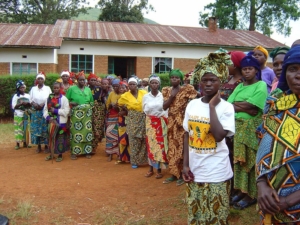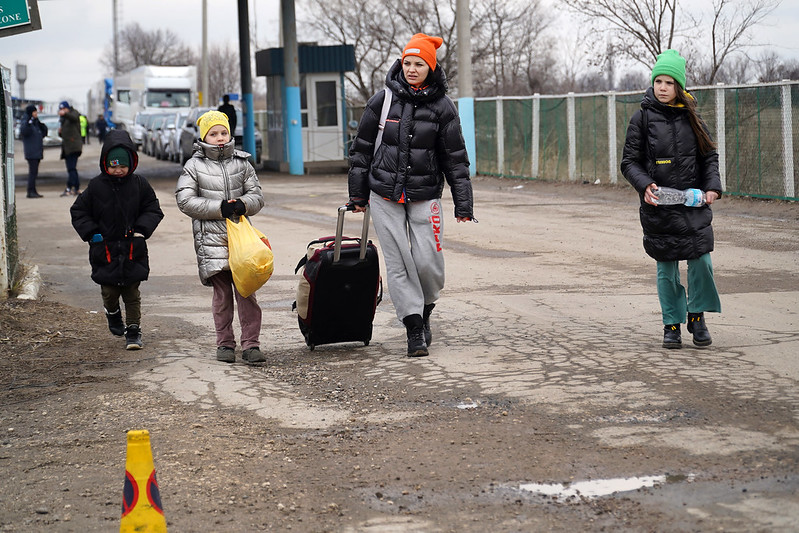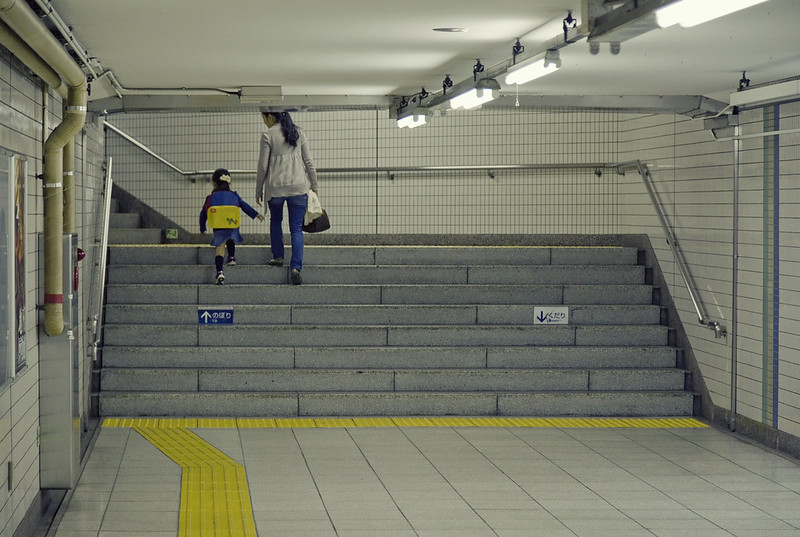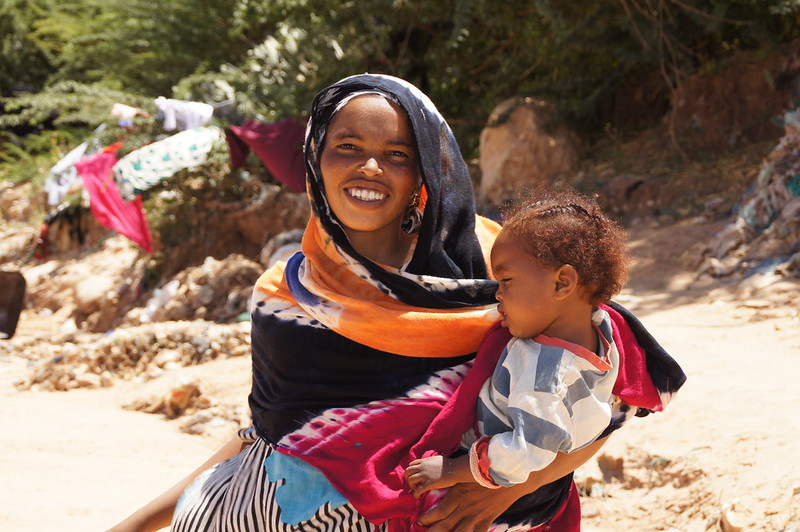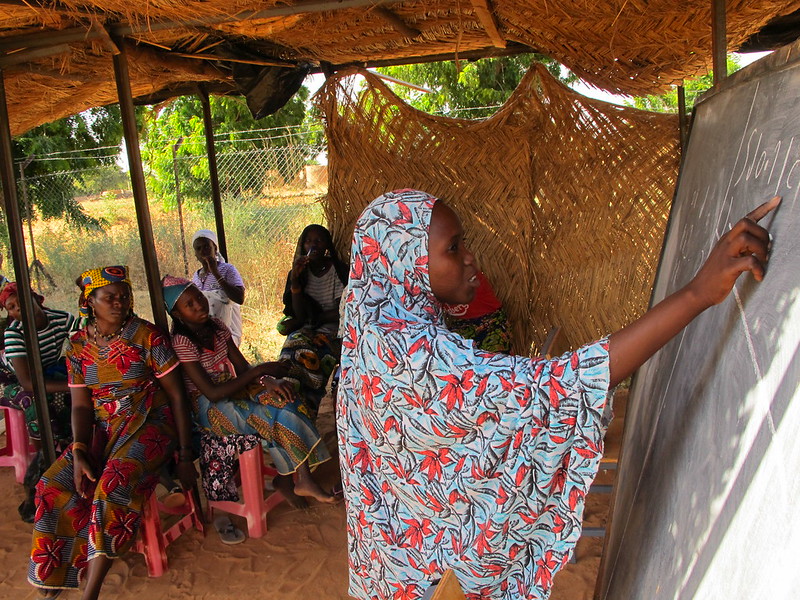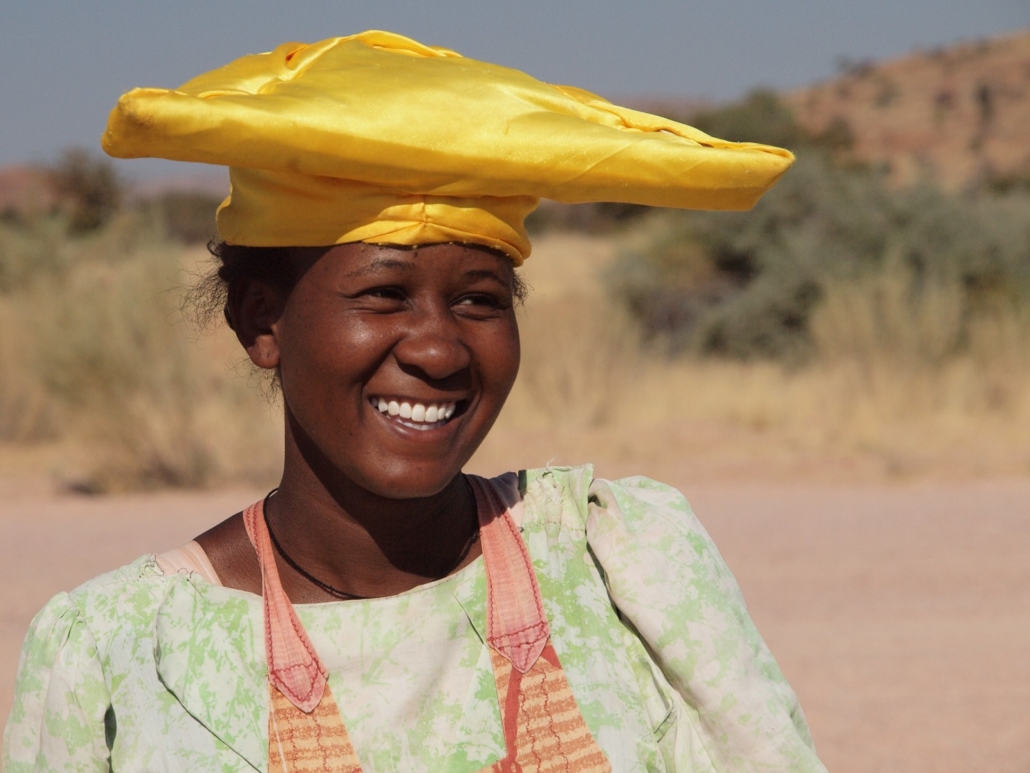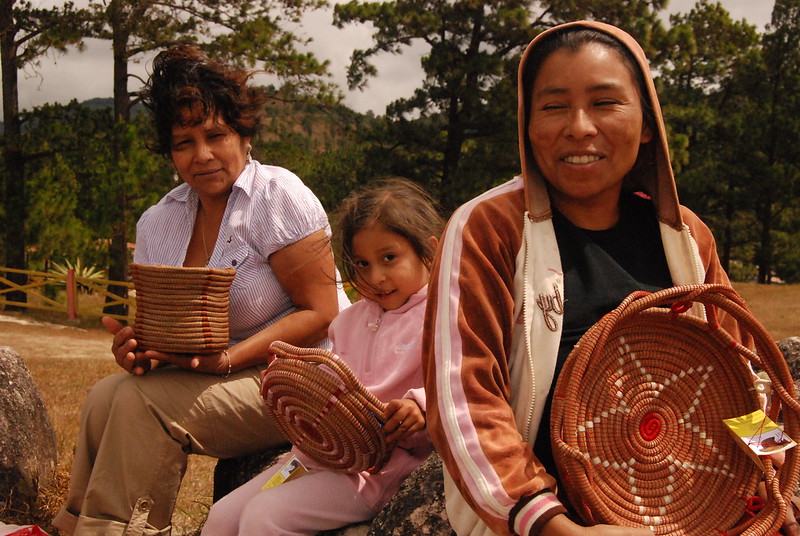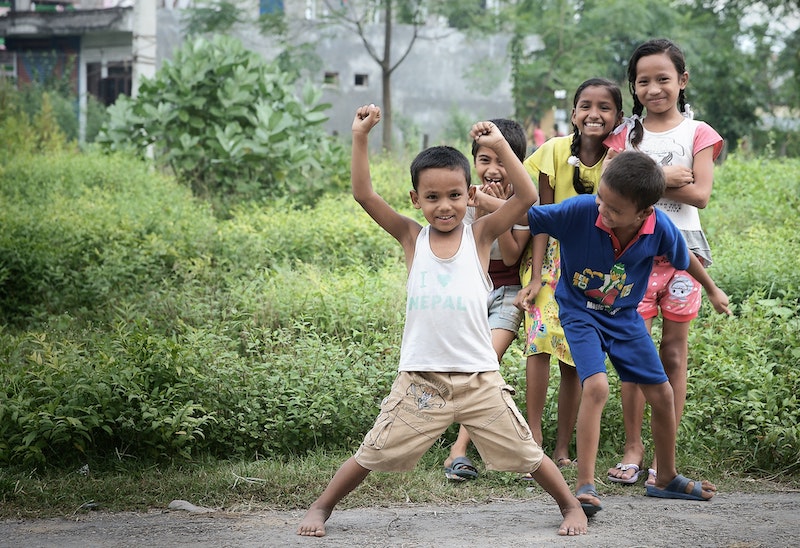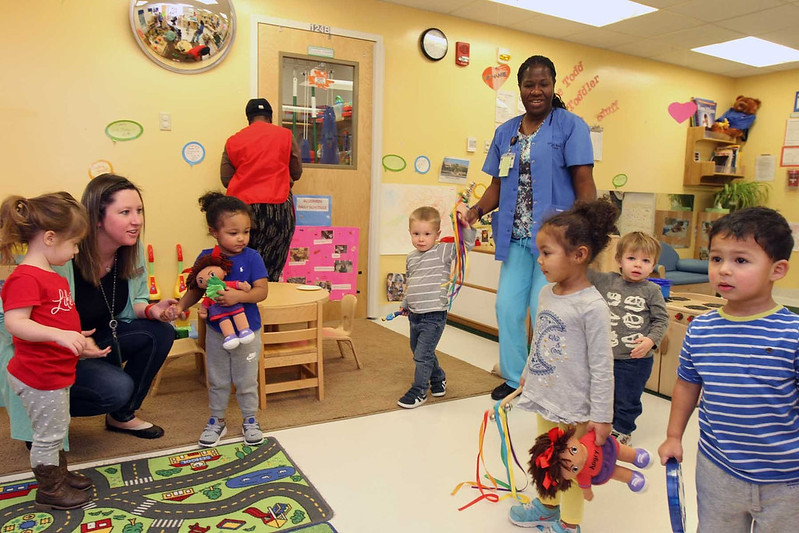 Accessible childcare is a global challenge, with nearly 350 million children below primary school age lacking the necessary support. This represents over 40% of children in this age group worldwide, highlighting the urgent need for investment in childcare.
Accessible childcare is a global challenge, with nearly 350 million children below primary school age lacking the necessary support. This represents over 40% of children in this age group worldwide, highlighting the urgent need for investment in childcare.
Research and Initiatives
The United States Agency for International Development (USAID), in cooperation with the World Bank, launched an initiative Invest in Childcare. USAID alone pledged $50 million to support the initiative. This childcare incentive fund works with governments to provide support in creating childcare programs and improving policies. Subsequently, the initiative seeks to gather more accurate data on childcare development and its effects on economic growth.
The World Bank has already supported many countries, including Senegal, Liberia, Burkina Faso and Mongolia, through the development of country-specific programs. These encompass the creation of mobile preschools for rural areas in Mongolia which have already benefited more than 8,500 of the country’s most remote children, the enrollment of thousands of children in preschools in Senegal and the financing of early childhood schools’ construction in Liberia.
Whether government-sponsored, NGO-supported or community-grown, initiatives developing and liberalizing early childcare are a necessity. Throughout the world, NGOs of diverse sizes and recognition seek to improve childcare. The most prominent include UNICEF and Save the Children, but many other organizations on the ground make efforts to provide help specifically tailored to their community. The Self-Employed Women’s Association (SEWA) in India, for example, has created childcare cooperatives in an attempt to support women working in agriculture or independently in local cooperatives.
These organizations are often informal and face challenges in obtaining funding and accessing training and professional development. This struggle highlights a need for formalization, which could enable the affected organizations to unlock more investments and growth.
Childcare Closely Affects Gender Equality
Though a lack of accessible childcare hinders an entire society, data shows that women are the first to be affected and quit the labor force. World Bank data for Indonesia in 2021 revealed that 40% of women quit employment after childbirth and marriage. Another 2022 report showed that 73% of low-income respondents partaking in a survey in Bangladesh stayed at home to care for their children instead of working, and in 2018, a study “found that having a child under five years of age reduced a Sri Lankan woman’s participation in the labor force by 7.4%.” In poorer countries, when mothers cannot provide care for these children, an older sibling usually assumes responsibility. And more often than not, this older sibling is a girl. She may consequently neglect or forgo her chance at an education, which builds up stark gender inequalities for the next generation.
Improving the Economy and Children’s Health
On the other hand, the Eurasia Group has found that providing accessible childcare for women could add $3 trillion to the $45.8 trillion currently generated by women in the global economy each year. According to the Gates Foundation, this would be achieved through the creation of 43 million jobs globally. This would broaden opportunities for women, boosting economic growth and giving countries an opportunity to reclaim a productive segment of their labor force.
World Bank data has also shown that accessible childcare improved women’s financial outcomes and positively affected their families. When compared to men, women usually spend more money on their children’s education, health and nutrition. Moreover, childcare keeps children safe, with reduced mortality due to lack of supervision. For example, Bangladesh saw the mitigation of drowning risk and malnutrition reduced in Guatemala, where childcare provides up to 70% of children’s recommended energy intake.
Fostering a Foundation and a Future
The Research and Information System for Developing Countries and UNICEF have created a panel on ‘Investing in children: Investing in future’, demonstrating that early childhood care is a wise long-term investment. World Bank data shows that by prioritizing early childhood development, it is possible to pave the way for a brighter future, where children entering the labor market 15 years to 20 years later receive the abilities necessary for higher-paying, stable and innovative jobs. This positively impacts their learning, health, behavior and life opportunities. Investing in high-quality childcare not only has profound implications for individual children but also yields significant social and economic benefits. Providing children with a strong foundation in their early years can foster a generation of productive, skilled individuals. This leads to improved learning outcomes, reduced social inequalities, enhanced workforce participation and overall economic growth.
– Hanna Bernard
Photo: Flickr
